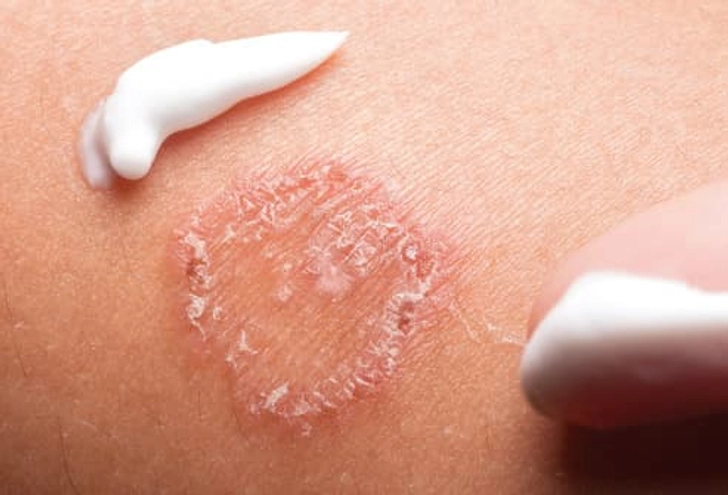New Delhi, July 4 — As the monsoon sweeps across India, doctors are warning that the damp and humid weather poses significant risks to skin health, creating ideal conditions for bacterial and fungal infections to flourish.
Experts say that persistent moisture in the air, combined with wet clothing and sweaty skin, can damage the skin’s protective barrier, making it easier for infections to take hold. According to data from the National Institute of Health, severe fungal infections affect about 4.1% of India’s population, while superficial skin fungal infections vary widely from 6.09% to as high as 61.5% in some regions.
“Monsoon rain and heavy humidity create a breeding ground for bacteria and fungi on the body and in the surroundings,” a leading dermatologist told HT Lifestyle, highlighting the spike in skin infections during the rainy season.
Common skin infections during the monsoon include Athlete’s Foot, Ringworm, Erythrasma, Folliculitis, and Heat Rash. Experts stress that awareness and preventive measures are key to avoiding these seasonal health hazards.
Here’s how to identify and prevent common monsoon-related skin infections:
Athlete’s Foot: Caused by fungus thriving in damp conditions. Symptoms include redness, itching, and cracked skin between the toes. To prevent it, keep feet clean and dry, use antifungal powders, wear breathable shoes, and avoid going barefoot in wet public areas.
Ringworm: A frequent fungal infection marked by round, red, itchy patches with scaling. Prevention involves daily washing and drying of the body, using antifungal products, wearing loose cotton clothing, and avoiding sharing towels or clothes. Seek medical help if the rash spreads or persists beyond two weeks, especially for people with weaker immunity.
Erythrasma: Appears as pinkish-brown patches in skin folds like the groin or underarms, often itchy or mildly stinging. Prevention includes daily showers with antibacterial soap, keeping affected areas dry, and avoiding tight clothing. See a doctor if symptoms worsen or persist, particularly for those with diabetes or other health conditions.
Folliculitis: Involves inflammation of hair follicles due to sweat, friction, and humidity. Look for red, tender, or itchy pimples around hair follicles. Prevent it by gentle exfoliation, using soothing agents like aloe vera, and avoiding shaving over irritated skin. Medical attention is advised if the condition spreads or lasts more than a week.
Heat Rash: Triggered by blocked sweat pores in hot, humid weather, causing small red or white pimples and itching. Prevent it by staying cool, wearing loose clothes, taking cool showers, and avoiding thick creams that clog pores. Consult a doctor if the rash persists, worsens, or is accompanied by fever.
General tips for monsoon skin health include avoiding tight clothing, promptly changing out of wet clothes, and maintaining personal hygiene. Noticing early signs like redness, itching, or pustules can help people seek timely care and avoid more serious infections.
“Repeated wetting and drying can weaken the skin’s natural barrier, making it easier for germs to penetrate,” the dermatologist cautioned. “By taking preventive measures like keeping skin dry, choosing loose clothing, and using antifungal treatments when necessary, people can stay healthy during the monsoon.”
Monsoon Raises Risk of Skin Infections: Experts Share Prevention Tips for Healthy Skin

